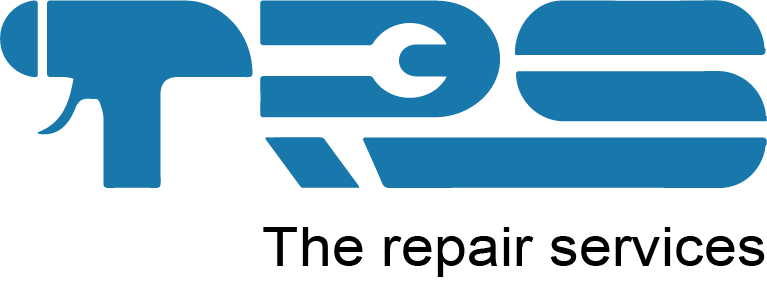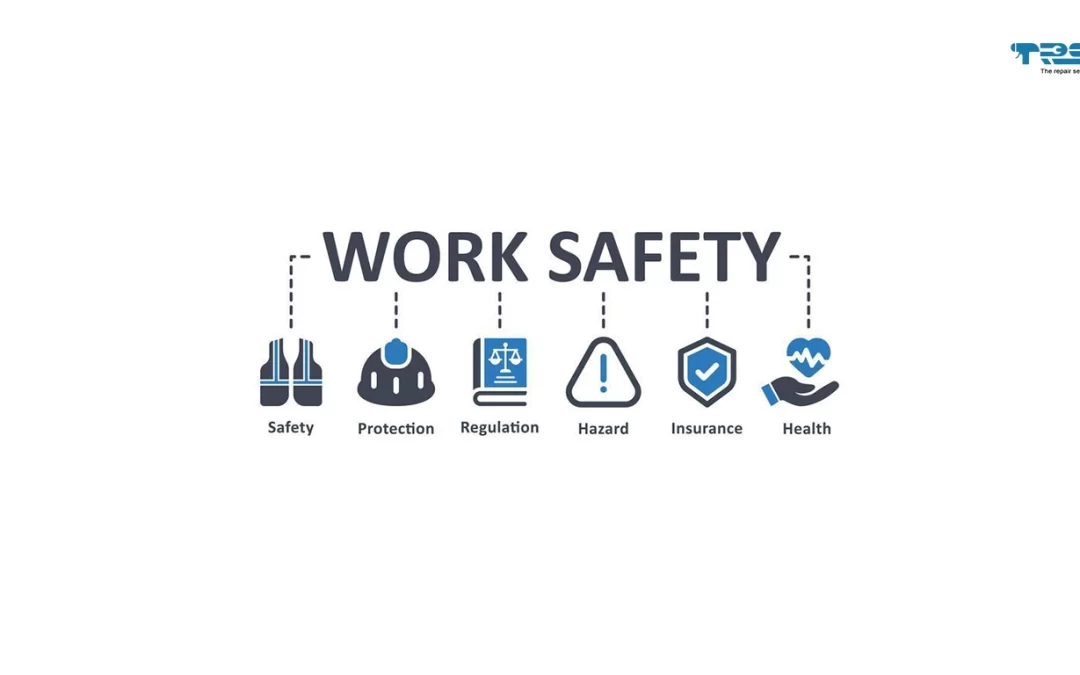health and safety While the financial costs of work-related injury and illness are well-known,
limited information is available about what employers spend to control or eliminate the causes of work-related injury and illness.
This case brief describes the results of a 2017 study estimating occupational health
and safety expenditures among employers from 17 economic sectors in Ontario, Canada.
Work-related injury and illness can be prevented (Chambers et al, 2015).
Health And Safety Employers can reduce the risk of workplace injuries and illnesses by investing in safer technologies,
providing coordination and management of health and safety policies and practices,
providing workers with personal protective equipment,
and providing training for workers and their supervisors.
Workers can reduce the risk of infection by following safe work practices.
While the direct and indirect costs of work-related injury or illness to the employer can be significant,
the vast majority of the costs of work-related injury and illness are borne by workers and society (Lee, 2011).
In this context, when a very large part of the real costs of work-related injuries and illnesses are outside the workplace,
there is a clear case for the role of government in influencing employers’ expenditures on prevention programs.
Public policy can influence employers’ investments in occupational health and safety (OHS) through three primary means:
setting regulatory standards for minimum workplace practices, mandating insurance coverage,
and providing information to guide employers in adopting effective workplace health and safety practices on the job.
Organizational and enforcement of these standards can increase employers’ investments in occupational health and safety (Levine et al.2012).
Work disability insurance premiums can illustrate the exact costs of preventable work-related injuries and illnesses,
and may provide incentives for organizations to invest in occupational health and safety (Tompa et al, 2007).
Information and advisory services provided by prevention authorities and OSH product vendors
and consultants can increase workplace knowledge of effective OSH policies and practices.
While the costs of work-related injury and illness are well-known,
Health And Safety limited information is available about what the typical employer spends to control or eliminate the causes of work-related injury and illness.
This information is important to better inform public policy with the aim of influencing employers’ investments in occupational health and safety.
Involving a broadly representative sample of more than 300 Ontario employers,
the Institute for Work and Health conducted a study in 2017 to estimate employers’
expenditures to protect the health and safety of their workers.
In many sectors, these expenses have been significant.
Professional services provided by external organizations
Health And Safety Survey respondents were asked to indicate whether their organization had procured outside consulting services in the past
five years to advise or audit aspects of the organization’s health and safety policies and procedures.
For those organizations that reported retaining external professional services,
we required an estimate of the annual cost of external consulting services.
Health And Safety The share of new capital investment is attributable to improved OSH performance
Survey respondents were asked to indicate whether the organization had invested in new or refurbished facilities,
purchased new vehicles, or purchased significant capital equipment in the past five years.
For participants who reported capital investments, we asked for information on the approximate cost of capital,
the estimated life of new facilities or equipment,
and the estimated share of that capital investment that would be attributable to improvements in worker health protection.
The information provided by the participating employers was reviewed by the project
research team and summarized in a standardized data entry form.
Estimates of average hourly wages in each sector were obtained from Statistics Canada and used to convert hours into wages/salary expenses.
Estimates of organization expenditures for each of the five OSH dimensions are summarized and divided
by the number of employees to produce an estimate of OSH expenditures per employee per year.
Note that workers’ compensation insurance premiums are excluded from estimates of OSH expenditures.
For each of the 17 economic sectors, we estimated average expenditures per employee per year for each of the five dimensions and in aggregate.
Spending estimates were also averaged for two broad classifications of employers:
organizations in commodity-producing sectors (mining, construction, utilities, manufacturing, agriculture,
and forestry) and organizations in service sectors (all others,
including retail, healthcare, public administration, etc.).
We asked for information about the JHSC: the number of members, the frequency and duration of meetings,
and the number of hours per year committee members spend on workplace inspections. Finally,
information was requested on the number of supervisors in the organization,
and an estimate of the annual percentage of time each supervisor devotes to monitoring compliance with the organization’s health and safety policies.
Staff training in health and safety
Respondents were asked for information about the investment of time and resources to provide health and safety training to new and regular employees,
which included an estimated number of trainees per year,
the number of hours of health and safety orientation and training provided, and an estimate. The cost of training per person
Health And Safety Methods
We recruited Ontario employers with 20 or more employees from 17 economic sectors,
where the number of employers hired from each sector represents the percentage of the Ontario workforce employed in that sector.
Two initial sample frames were used for recruitment:
Organizations that have previously participated in field research with the Institute for Work and Health; And
A random sample of 2,000 employees in Ontario was obtained from a private database.
We sought to contact a key person in each organization who was familiar with OSH practices.
Through a handbook administered by the interviewer or self-administered,
this person provided information on the number of employees in the organization,
the economic sector, the proportion of employees covered by collective agreements,
and OSH expenditures in five dimensions, as follows.
Organizational management and supervision
We asked for information on the proportion of time (share of a full-time equivalent) that
the most senior health and safety responsible person spent in health and safety
and the number of staff who supported that person in that role.
Health And Safety Results
A total of 370 organizations participated in this study. We excluded workbooks by employers with fewer than 20 employees,
with a frequency of missing responses, with estimates significantly different from the average in their sector,
or from a sector with fewer than five participating employers.
That excluded 3organizationsns, leaving 334 employers polled.
The incidence of lost workers’ compensation claims and lost time among participating organizations was
not statistically different from the population across all employers in their sector.

